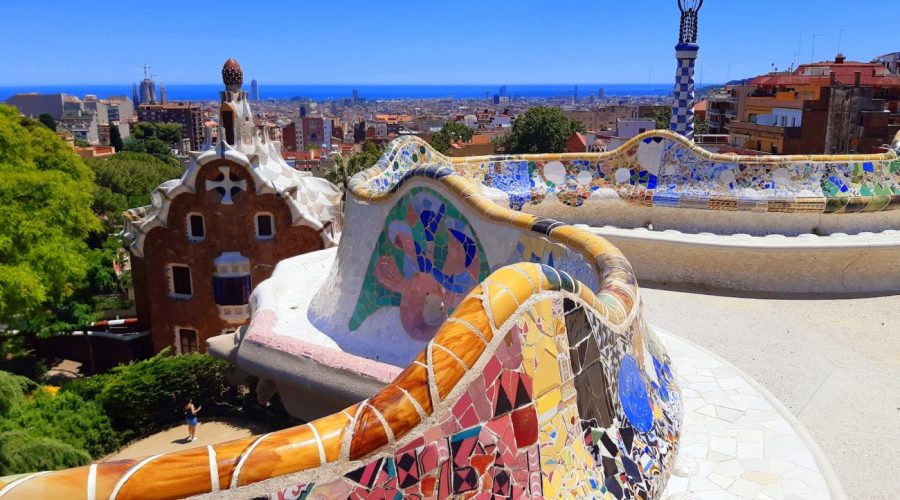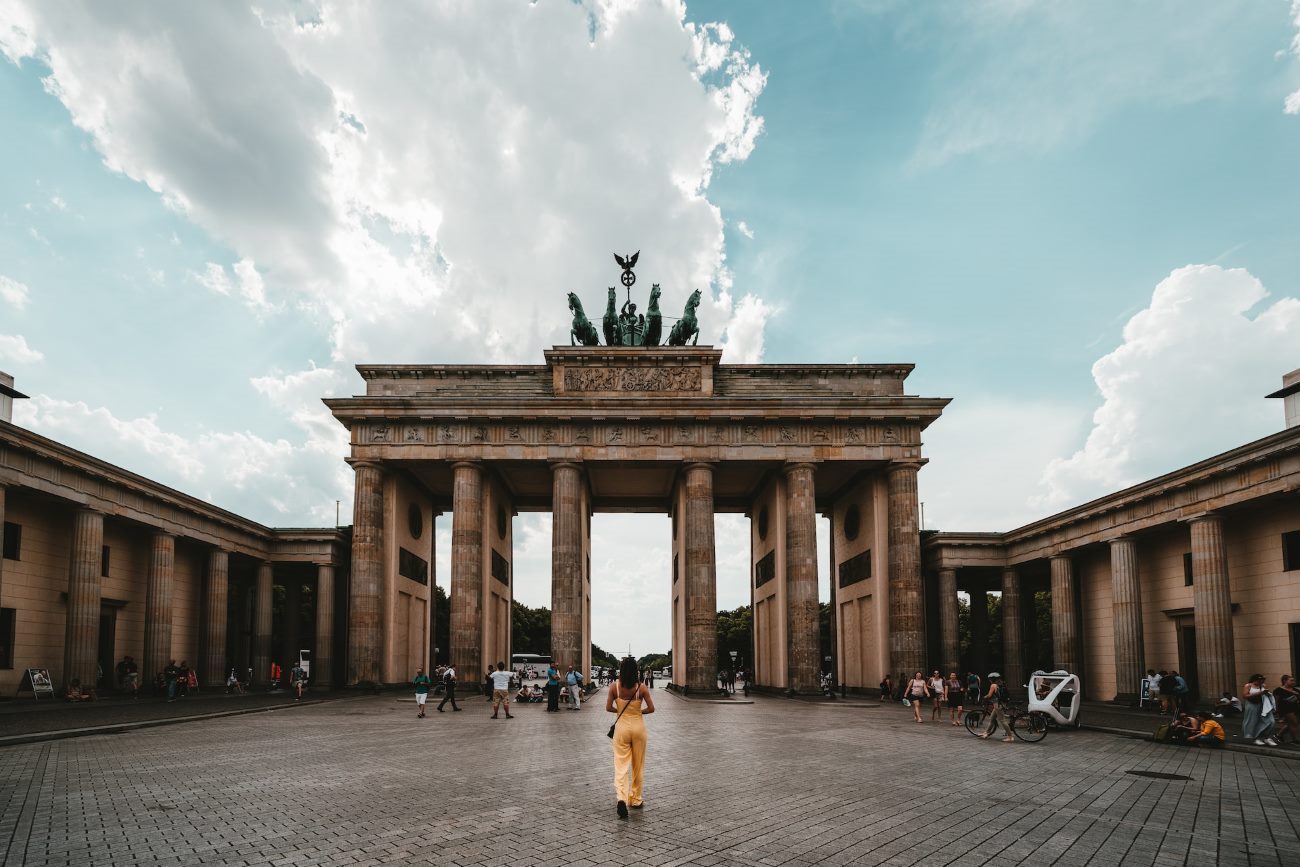Is Berlin a Clean City?
Every traveler puts cleanliness levels of their destination city at the front of their minds before booking a trip. The following text investigates whether Berlin maintains proper levels of cleanliness. Let’s dive in and find out!
1. Waste Management
Any clean city requires proper waste management to maintain its cleaned state. Waste disposal stands as a serious matter for Berlin because the city maintains a system which works well. The city increases recycling efforts by placing recycle containers throughout the streets together with required waste separation regulations. A dedicated approach to waste management enables Berlin to achieve environmental cleanness.
2. Public Spaces
a. Parks and Gardens
Development efforts in Berlin culminate in many parks and gardens which give residents and visitors ample opportunity for rest and time with nature. The city administration maintains these green zones in an excellent state which provides visitors with both clean surroundings and a soothing atmosphere. The city possesses three notable parks namely Tiergarten, Volkspark Friedrichshain and Tempelhofer Feld which offer inhabitants and visitors an attractive combination of cleanliness and peaceful surroundings.
b. Streets and Sidewalks
Berlin maintains most of its streets and sidewalks free of clutter. Regular street cleaning operations overseen by teams work according to schedule to maintain a clean environment throughout the urban area. You will observe some trash accumulation in heart of the city’s lively areas after public gatherings and during holidays. The local government maintains prompt intervention to address situations of uncleanness before restoring the city to cleanliness.
3. Public Transportation
The public transport network in Berlin stands out because it provides buses trams and U-Bahn (subway) services to the city residents and visitors. The city dedicates its cleaning efforts to maintaining cleanliness in all available public transportation systems. The transport system maintains sanitary standards throughout the vehicles while stations and vehicles alike have trash receptacles for proper waste disposal. Regular cleaning activities combined with maintenance practices produce a clean comfortable transportation environment for people living in Berlin as well as those visiting the city.
4. Graffiti
Berlin has gained fame internationally because of its exquisite graffiti art tradition. The public areas in Berlin welcome street art creations but graffiti exists outside of approved spaces within the city. Certain locations of the city contain graffiti that remains a challenge for local authorities despite their ongoing efforts to solve the problem. The main parts of the city stay free from graffiti and its concentration stays limited to Friedrichshain and Kreuzberg districts.
5. Public Toilets
The city of Berlin acknowledges that anyone needs easy access to sanitary restroom facilities in any urban setting. You can locate public restrooms throughout Berlin’s major locations even though these toilets are not as frequent as in other cities since they exist in public areas and parks and train stations. The city organizes ongoing facility cleaning operations to sustain required sanitary conditions.
6. Personal Responsibility
Developing a clean city requires the active participation of every resident of the community. Every citizen of Berlin together with visitors needs to maintain personal practices of city cleanliness alongside existing official clean-up initiatives. Every citizen should follow two steps to maintain cleanliness: they must use the recycling bins and they must dispose of their garbage correctly while they need to respect every public area.
Conclusion
The city of Berlin shows reasonable cleanliness throughout its areas. The city reveals its determination to maintain cleanliness through its effective waste management system and its commitment to keeping public areas neat and clean and its shiny public transportation and nuisance graffiti reduction initiatives. Occasional litter combined with the appearance of graffiti can sometimes be seen in specific areas throughout the city.
Both locals and visitors should follow cleanliness protocols to help Berlin maintain its cleanliness standards while creating a pleasant experience for everyone visiting the city.
Table of Contents



